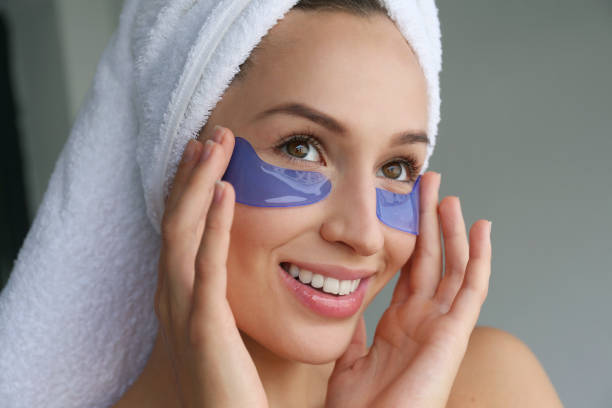Unveiling the Reality of Eye Bags: Causes, Consequences, and Solutions
Every morning, millions of people glance in the mirror only to be met with the unsightly vision of puffy, swollen under-eye bags. Not only are they aesthetically displeasing, but they can also signal underlying health issues. An understanding of the causes and solutions for eye bags is a necessity in today's appearance-conscious society. This article will delve into the historical context, current relevance, and the prevailing trends, impacts, and reception of treatments for under-eye bags.

Historical Context of Eye Bags
Historically, eye bags were mainly associated with aging. Ancient medical texts from Greece, Rome, and China often referenced swollen or puffy eyes as a sign of old age or fatigue. For centuries, various natural remedies were used to mitigate these signs of aging, such as cold tea bags, cucumber slices, or egg whites, all believed to reduce swelling and tighten the skin.
In the 20th century, with advancements in dermatology, the understanding of the causes and treatments for eye bags expanded. Eye bags were recognized to be caused by various factors, including genetics, lifestyle choices, and medical conditions. The development of cosmetic procedures like blepharoplasty (eyelid surgery) also offered more permanent solutions to this issue.
The Modern Science Behind Eye Bags
In today’s world, under-eye bags are understood to be a result of several factors. The skin around the eyes is thinner than the rest of the face, making it more susceptible to changes. As we age, this skin loses elasticity, causing it to sag and form ‘bags’. Fluid can also accumulate in this space, exacerbating the puffiness.
Furthermore, lifestyle factors can significantly influence the appearance of under-eye bags. Lack of sleep, alcohol consumption, and a high-salt diet can all contribute to fluid retention in this area. In some cases, swollen eyes can also indicate allergies or sinus problems.
Current Trends in Eye Bag Treatments
With growing societal emphasis on youthful appearance, the demand for eye bag treatments is on the rise. Cosmetics companies are continually innovating and introducing products claiming to reduce under-eye bags. These range from creams and serums to under-eye patches infused with ingredients like hyaluronic acid, caffeine, or retinol, known for their anti-aging properties.
There is also a growing trend towards non-surgical treatments for eye bags. These include treatments like dermal fillers, which are injections that plump up the skin, and laser resurfacing, which stimulates collagen production to tighten the skin.
The Reception and Impact of Eye Bag Treatments
The reception of these treatments is varied. Many individuals find relief in topical products and lifestyle changes. However, some argue that these solutions offer only temporary relief and do not address the root cause of the issue. On the other hand, surgical and non-surgical treatments provide more permanent solutions but come with their own set of risks and side effects, such as bruising, swelling, or infection.
The impact of these treatments extends beyond the individual. The global eye care cosmetics market is expected to reach $4.6 billion by 2025, demonstrating the economic significance of this issue. Furthermore, the rise in demand for these treatments has implications for the healthcare and beauty industries, driving further innovation and research.
Unique Insights into Eye Bag Treatments
While the market is flooded with products and treatments promising to banish under-eye bags, it’s crucial to understand that not all solutions work for everyone. The effectiveness of treatment depends on the cause of the eye bags. For instance, if allergies are the culprit, addressing the allergy may alleviate the problem.
Moreover, societal perceptions of beauty and aging are evolving. Many are now embracing natural aging and questioning the need for cosmetic interventions. This shift could influence future trends in eye bag treatments.
Conclusion
Eye bags, once a symbol of aging, are now recognized as a complex issue with various causes and treatments. From natural remedies to advanced cosmetic procedures, the journey to understanding and treating eye bags perfectly illustrates how our perception of beauty and aging has evolved over time. As society continues to grapple with these perceptions, it will be interesting to see how treatments for under-eye bags will adapt and transform.




